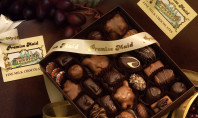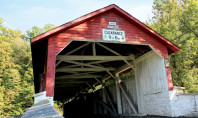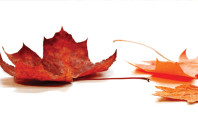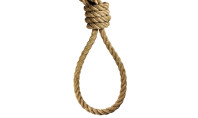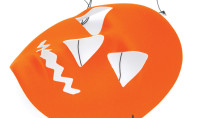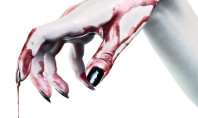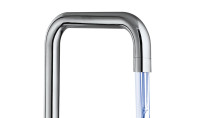Playing with Fire: Tips for Fire Pit Safety
As warm summer nights turn to crisp fall evenings, the thought of a cozy fire pit, surrounded by friends and family is comforting and most certainly, appealing. Americans have jumped on the outdoor fire pit bandwagon enthusiastically and with little reservation. Recently, fire pits have become, well, mad hot. In fact, according to the American Society of Landscape Architects, fire pits, or outdoor fireplaces, are among the top requested design features today. And, in a recent poll, 67 percent of homeowners said they love having an outdoor fire to keep parties going as the night air gets nippy.
Fire pits and chimineas add ambiance to a cool evening and many people find a burning fire to be very peaceful and mesmerizing. However, preventing backyard fires from turning dangerous requires some forethought and plenty of preventative measures. Follow these tips to keep your friendly fire from becoming a raging inferno.
Find the right spot
Always place your fire pit on a solid, steady surface and in an open area. Station your pit on a level stone, concrete or brick surface at least 10 feet from your house, trees and anything flammable. Unless the owner’s manual says it’s okay, don’t put the fire pit on a grassy surface, wood deck or enclosed porch. And, avoid placing it near hanging branches. Don’t place a fire pit in an enclosed area; without proper ventilation, the fumes can be harmful.
Check the Forecast
Before lighting an outdoor fire, check the weather forecast. Avoid windy conditions that can blow hot embers out of the pit. Also, be aware of any burn bans or burn ordinances that might be in effect in your area.
Clear the Area
Do some house cleaning. Pick up leaves and clear the area around the fire pit of any combustible materials, including lawn or garden furniture, to ensure the fire doesn’t
accidentally spread.
Use Good Fuel
Always burn dry, seasoned wood. It is best if the wood was cut at least six months prior to burning. To keep sparks from flying, make sure logs are no longer than three-quarters of the fire pit’s diameter.
Start the Flames Safely
To get the fire started, put a few crumpled pieces of paper or a store-bought fire starter in the pit and cover with small sticks – the smaller, the better. As the fire begins to burn, add larger and larger sticks until you’re finally able to add a log or two. But whatever you do, don’t try to start a fire with lighter fluid, gas or kerosene. It’s way too dangerous.
Protect the Kids
Have an adult start – and tend to – the fire to ensure that it is done safely and properly. Children should never be unattended near the fire and it is a wise idea to establish a line a few feet from the pit that children are not allowed to cross.
Kids love to eat toasted marshmallows and make s’mores, but adults should be the ones to do the roasting; marshmallows get hot and can burn. And, keep a first aid kit handy, just in case someone gets singed.
Keep it Small
There’s no need for a blazing bonfire. In fact, the bigger the flames, the greater the potential for an out-of-control fire.
Have a Douser Handy
Keep a bucket of sand, a fire extinguisher or a garden hose nearby in case things get too hot to handle. Always make sure the fire extinguisher is properly charged. A nearby garden hose can be helpful, too, but make sure the line has water in it.
Snuff it Out Safely
The best way to extinguish a fire is to take the ashes, spread them over a larger surface area and let them cool down for a little bit. Then gently pour water over the ashes, but monitor it to be sure the fire is truly out. Don’t just throw some water on it and go to bed. It can flare up during the night.
More Safety Tips
Always use safety gloves when handling a hot fire pit.
Fire pit screens are available in stores and are worth having. These screens keep the sparks from jumping out of the pit. But never leave the fire unattended, even if you have a screen.

